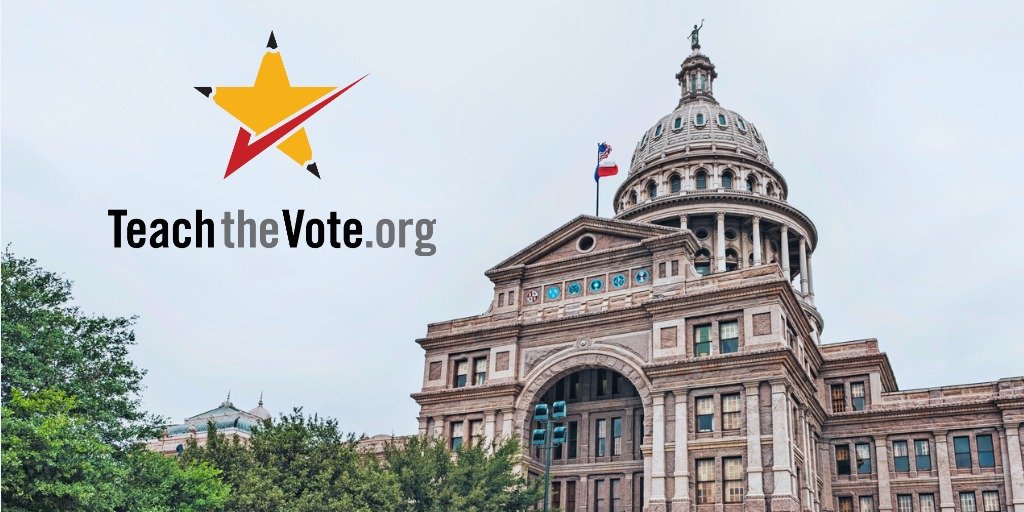Federal Update: Trump budget proposal, new ESSA guidelines for state plans

Date Posted: 3/16/2017
President Donald Trump released his 2018 federal budget proposal today, which would cut funding for the U.S. Department of Education (ED) by $9 billion and invest significant dollars into vouchers, charter school expansion, and portability funding. The budget proposal comes a week after Congress voted to scrap Obama-era Every Student Succeeds Act (ESSA) accountability rules and days after ED released its new guidance for states to use while designing their ESSA plans.
President Trump's 2018 budget proposal
The President's budget blueprint proposes to cut funding for ED by 13%, reducing its budget from the current level of $68 billion to $59 billion. Cuts to those programs come in various areas affecting both K-12 and higher education funding. Congress will consider the proposal as they negotiate the budget they are tasked with writing.
 The budget proposal entirely cuts a program aimed at recruiting, supporting, and training educators. That program, which primarily focuses on educators in high-needs schools, totals $2.4 billion. The 1st Century Community Learning Centers program that totals $1.2 billion and provides funding for before-school, after-school, and summer enrichment programs would also be gutted. Other programs seeing significant cuts would include Federal Work-Study, TRIO, and GEAR UP (the latter two both support disadvantaged students in becoming college ready).
"The 2018 Budget places power in the hands of parents and families to choose schools that are best for their children by investing an additional $1.4 billion in school choice programs," opening lines of the ED section of the blueprint read.
In the case of President Trump's budget, school choice means charter school expansion, portability funding, and vouchers, and, although no specifics are offered, the $1.4 billion dedicated in 2018 would ramp up to an annual total of $20 billion (a number then candidate Trump touted on the campaign trail) over the course of an unspecified time. The budget also estimates that funding for these projects will hit $100 billion when state and local matching funds are included. Trump campaigned on a plan that would "favor" states with private school choice and charter laws.
Specifically, President Trump's proposal provides a $168 million increase in funding for charter schools, $250 million that would go toward a new (but undefined) private school choice program, and a $1 billion increase to Title I funding that would all be dedicated to portability within public schools, a term commonly used to refer to the idea of Title I money following the child to the school of their choice (rather than focusing the money on schools with the most need). ATPE wrote a letter to members of Congress in 2015 that touched on portability funding. Title I portability was being considered at the time but didn't pass.
One thing the budget outlined by the White House doesn't touch is funding for educating students with disabilities. While the Individuals with Disabilities Education Act (IDEA) remains vastly underfunded, President Trump's budget maintains its funding level at around $13 billion. IDEA was passed by Congress with the promise to give states 40 percent of the cost required to educate children with disabilities. However, the federal share has fallen significantly short for decades; it now sits around 16 percent.
(I have a little more here on the federal budget process as a whole. The post is from 2015 and also offers a look back at how a budget proposal under President Obama and the Congressional budgeting process compared.)
New ESSA guidance on state plans
A few days before President Trump released his budget proposal, ED released a new guideline document for states to use as they develop their state plans required under ESSA. The guidelines replace a similar document issued by the Obama administration late last year, which was aligned to the accountability rule Congress scrapped last week. The new guidelines align only with what is written in ESSA, since the now obsolete rule has no teeth and ED cannot replace it unless Congress writes a new law that gives the department the new authority.
The budget proposal entirely cuts a program aimed at recruiting, supporting, and training educators. That program, which primarily focuses on educators in high-needs schools, totals $2.4 billion. The 1st Century Community Learning Centers program that totals $1.2 billion and provides funding for before-school, after-school, and summer enrichment programs would also be gutted. Other programs seeing significant cuts would include Federal Work-Study, TRIO, and GEAR UP (the latter two both support disadvantaged students in becoming college ready).
"The 2018 Budget places power in the hands of parents and families to choose schools that are best for their children by investing an additional $1.4 billion in school choice programs," opening lines of the ED section of the blueprint read.
In the case of President Trump's budget, school choice means charter school expansion, portability funding, and vouchers, and, although no specifics are offered, the $1.4 billion dedicated in 2018 would ramp up to an annual total of $20 billion (a number then candidate Trump touted on the campaign trail) over the course of an unspecified time. The budget also estimates that funding for these projects will hit $100 billion when state and local matching funds are included. Trump campaigned on a plan that would "favor" states with private school choice and charter laws.
Specifically, President Trump's proposal provides a $168 million increase in funding for charter schools, $250 million that would go toward a new (but undefined) private school choice program, and a $1 billion increase to Title I funding that would all be dedicated to portability within public schools, a term commonly used to refer to the idea of Title I money following the child to the school of their choice (rather than focusing the money on schools with the most need). ATPE wrote a letter to members of Congress in 2015 that touched on portability funding. Title I portability was being considered at the time but didn't pass.
One thing the budget outlined by the White House doesn't touch is funding for educating students with disabilities. While the Individuals with Disabilities Education Act (IDEA) remains vastly underfunded, President Trump's budget maintains its funding level at around $13 billion. IDEA was passed by Congress with the promise to give states 40 percent of the cost required to educate children with disabilities. However, the federal share has fallen significantly short for decades; it now sits around 16 percent.
(I have a little more here on the federal budget process as a whole. The post is from 2015 and also offers a look back at how a budget proposal under President Obama and the Congressional budgeting process compared.)
New ESSA guidance on state plans
A few days before President Trump released his budget proposal, ED released a new guideline document for states to use as they develop their state plans required under ESSA. The guidelines replace a similar document issued by the Obama administration late last year, which was aligned to the accountability rule Congress scrapped last week. The new guidelines align only with what is written in ESSA, since the now obsolete rule has no teeth and ED cannot replace it unless Congress writes a new law that gives the department the new authority.
 Ultimately, states have more flexibility with regard to designing their plans. That includes offering summative accountability scores for districts, which ATPE argued against in comments to the Obama administration. Texas enacted an “A through F” grading system for schools last legislative session and there are bills in the current legislature that aim to tweak the system prior to its going into effect next school year. Despite the lack of requirement from the federal government and the fact that several states have abandoned their own versions of the letter grading system, Texas does not seem poised to scrap the “A through F” grading aspect of the law.
States must still submit their ESSA state plans by April 3 for review and by September 18 for approval. The Texas Education Agency has yet to share its ESSA plan.
Ultimately, states have more flexibility with regard to designing their plans. That includes offering summative accountability scores for districts, which ATPE argued against in comments to the Obama administration. Texas enacted an “A through F” grading system for schools last legislative session and there are bills in the current legislature that aim to tweak the system prior to its going into effect next school year. Despite the lack of requirement from the federal government and the fact that several states have abandoned their own versions of the letter grading system, Texas does not seem poised to scrap the “A through F” grading aspect of the law.
States must still submit their ESSA state plans by April 3 for review and by September 18 for approval. The Texas Education Agency has yet to share its ESSA plan.
CONVERSATION
RECOMMENDED FOR YOU

04/25/2025
Teach the Vote’s Week in Review: April 25, 2025
Contact your state senator to push for action on HB 2. Plus: Make a plan to vote in May 3 local elections, where school matters might be on your ballot. Early voting is underway.

04/25/2025
Texas Senate sends private school voucher bill to the governor as other education bills move through the process
This week in the Senate, committees heard bills dealing with student rights, Holocaust education, and educator misconduct, along with a vague electioneering bill.

04/25/2025
Texas lawmakers move vouchers near the finish line with school finance only halfway through the process
In the words of Davy Crockett, the “party handcuff” finally broke the public education blockade against vouchers in Texas.

